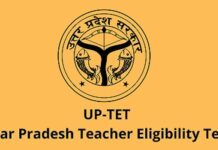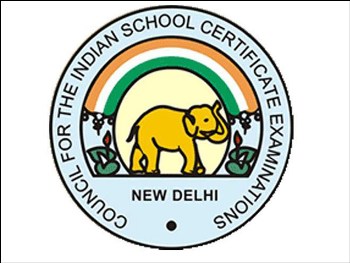Any foreign national, so as to enter the United States has to acquire a visa beforehand or receive ESTA status in case his or her motherland is on the list of the 38 suitable countries. If one’s ambition is to study in the United States, it is obligated to obtain a student visa in advance and to resolve whether the student in question has to gain an F or an M type of visa, depending on the curriculum of education and the academic institution at issue. Obtaining a student category of visa takes one’s time, but in the end, it is not a complicated procedure. Many foreign students succeed in meeting visa qualifications every year.
Types of Student Visas
There are two types of student visas:
- F-1 Visas (for academic directions)
- M-1 Visas (for occupational directions)
If your ambition is to drop in an academic institution or even attend an English language program at a college or university within the United States, you will have to obtain an F-1 visa. F-1 visa claimants must have permanent residence in a foreign country and must go back there upon completing their academic course. The main supporter at issue is the school or university you are going to attend and have been admitted to.
You will need to attain an M-1 visa in case your aspiration is to attend a course which is not truly academic in its essence at an occupational institute, technical or business school.
Students from ESTA Countries
To study in the United States, as mentioned above, an F or M type of visa is essential. Alien students are not adequate to study in the United States in case they entered the country through the Visa Waiver Program or on a visitor type of visa. ESTA validity may come in hand if one’s ambition is to enrol in a brief category of education, which is not academic in its nature. To receive ESTA status would be enough only for the recreational type of education limited to the 90 days prescribed period of time. It is important to notice that studies granting a graduate diploma in the U.S. are never enabled on a Visa Waiver Program or on a visitor category of visa.
Steps to Obtaining the U.S. Student Visa
There are four key points in accessing a U.S. student visa:
- Getting the essential papers and certificates.
- Applying for schools and academic institutions.
- Applying for a student type of visa.
- The visa interview as the closing stage.
Before even applying for the student category of visa, it is smart to find out what kind of authorized documents and evidence you need to submit at your rank of education. First of all, you have to apply to schools and academic institutions. Remarkably many universities allow online applications. In nearly all cases, you will have to submit:
- High school leaving certificates.
- High school leaving affidavits and transcripts.
- Bank assurance or statements.
Even if you are a citizen of one of the Visa Waiver Program, your ESTA validity will not be of any help for travelling to the USA for reasons different than pleasure or temporary business arrangements.
After you have been admitted to an educational course in the United States, the later stage is to apply for a student category of visa. The procedure of applying for a student visa is not compound and can be done online, as well. After you submit your visa application online and pay the fees, an interview date will be scheduled afterwards.
The finishing and most decisive stage in obtaining any category of visa is the interview. Many applicants are frightened of this stage and tend to show signs of uneasiness and tension. Before your scheduled visa interview gather all of the required data and credentials, such as:
- Passport legitimate to enter the United States.
- Visa application form and the fee payment receipt.
- Certificate of eligibility (also known as the Form I-20).
- School certificates/diplomas.
Tips for Getting Through Your Visa Student Interview
The closing stage before starting your academic program in the United States is to pass the visa interview. To obtain the visa you must meet qualifications and requirements set out by the U.S. law and the consular officer has to determine whether you are certified to continue your education in the United States.
You should consider the interview to be something like a business meeting, so it is recommended to dress formally and to arrive early. The consular officer will have only a few minutes to rule whether you are qualified enough, so the first impression is important.
The consular officer will ask you about your academic arrangements and why do you want to study in the United States, so you should describe your intentions surely and serenely. Explain to the officer in question why did you choose to study in the United States and declare accurately your career aspirations. In addition, you will have to establish that you have the financial backing to live in the United States during your academic course so it is wise to bring some evidence of financial backing and present it to the officer.
The most frequent argument a student’s application is rejected is if the person at issue cannot justify to the officer his or her intent to return to their country of origin. The consular officer will ask you plenty of questions about ties to your home country to establish whether you will go back to your country of origin after you finish your academic studies. Be decent, authentic and tranquil and try to avoid read through speeches.









